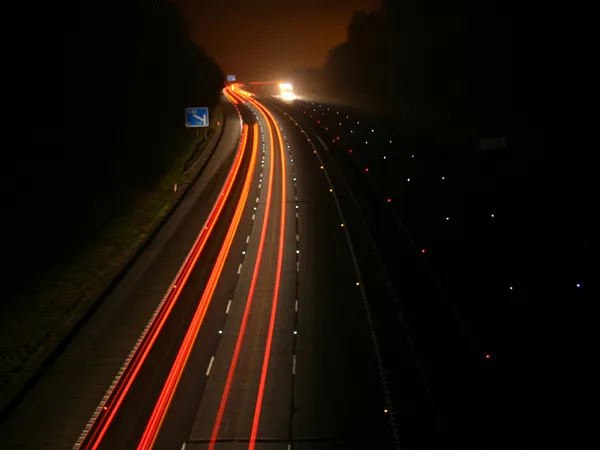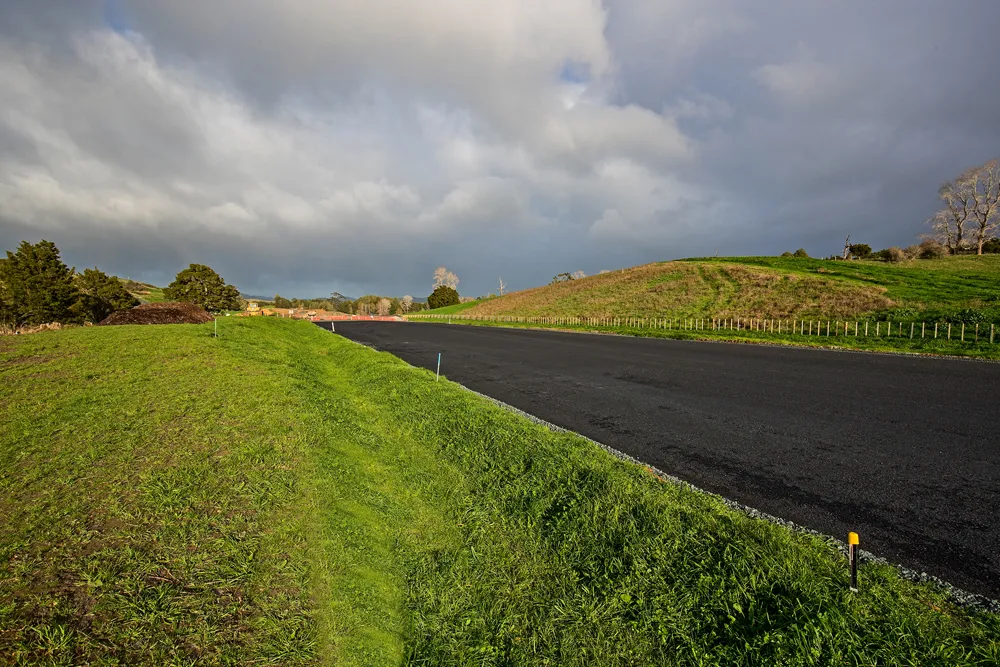Motorists are already benefiting from greater visibility on a stretch of the M25 and between the M2 and M20 near the port of Dover, County Kent, south-east England, where Astucia SolarLite studs have been installed. Now drivers between junctions 3 and 6 on the M40 motorway heading north-west from the M25 out of London also benefit from the studs.
February 15, 2012
Read time: 2 mins

Motorists are already benefiting from greater visibility on a stretch of the M25 and between the M2 and M20 near the port of Dover, County Kent, south-east England, where Astucia SolarLite studs have been installed.
Now drivers between junctions 3 and 6 on the M40 motorway heading north-west from the M25 out of London also benefit from the studs.
Astucia recently worked with3005 Atkins and the 1441 UK Highways Agency to deploy SolarLite studs on the M40.
"SolarLite studs, unlike retroreflective cat's eyes, work intuitively, charging and activating from natural sunlight meaning they're a totally sustainable road safety solution. They also provide up to 900m of visibility: that's ten times greater than that of conventional studs," says2696 Astucia.
The placement of the 7,000 studs was thoroughly considered. The stretches of road between junctions 3 and 4 and junctions 5 and 6 have been flagged as having perceived high rates of accidents due to the topography, road layout and lack of street lighting, thus the need for clearer road marking.
The Chiltern Hills escarpment, an Area of outstanding National Beauty, sit between junctions 5 and 6, and according to Astucia with the aid of eco-friendly SolarLite road studs, they are protected from pollution damage.
Now drivers between junctions 3 and 6 on the M40 motorway heading north-west from the M25 out of London also benefit from the studs.
Astucia recently worked with
"SolarLite studs, unlike retroreflective cat's eyes, work intuitively, charging and activating from natural sunlight meaning they're a totally sustainable road safety solution. They also provide up to 900m of visibility: that's ten times greater than that of conventional studs," says
The placement of the 7,000 studs was thoroughly considered. The stretches of road between junctions 3 and 4 and junctions 5 and 6 have been flagged as having perceived high rates of accidents due to the topography, road layout and lack of street lighting, thus the need for clearer road marking.
The Chiltern Hills escarpment, an Area of outstanding National Beauty, sit between junctions 5 and 6, and according to Astucia with the aid of eco-friendly SolarLite road studs, they are protected from pollution damage.







